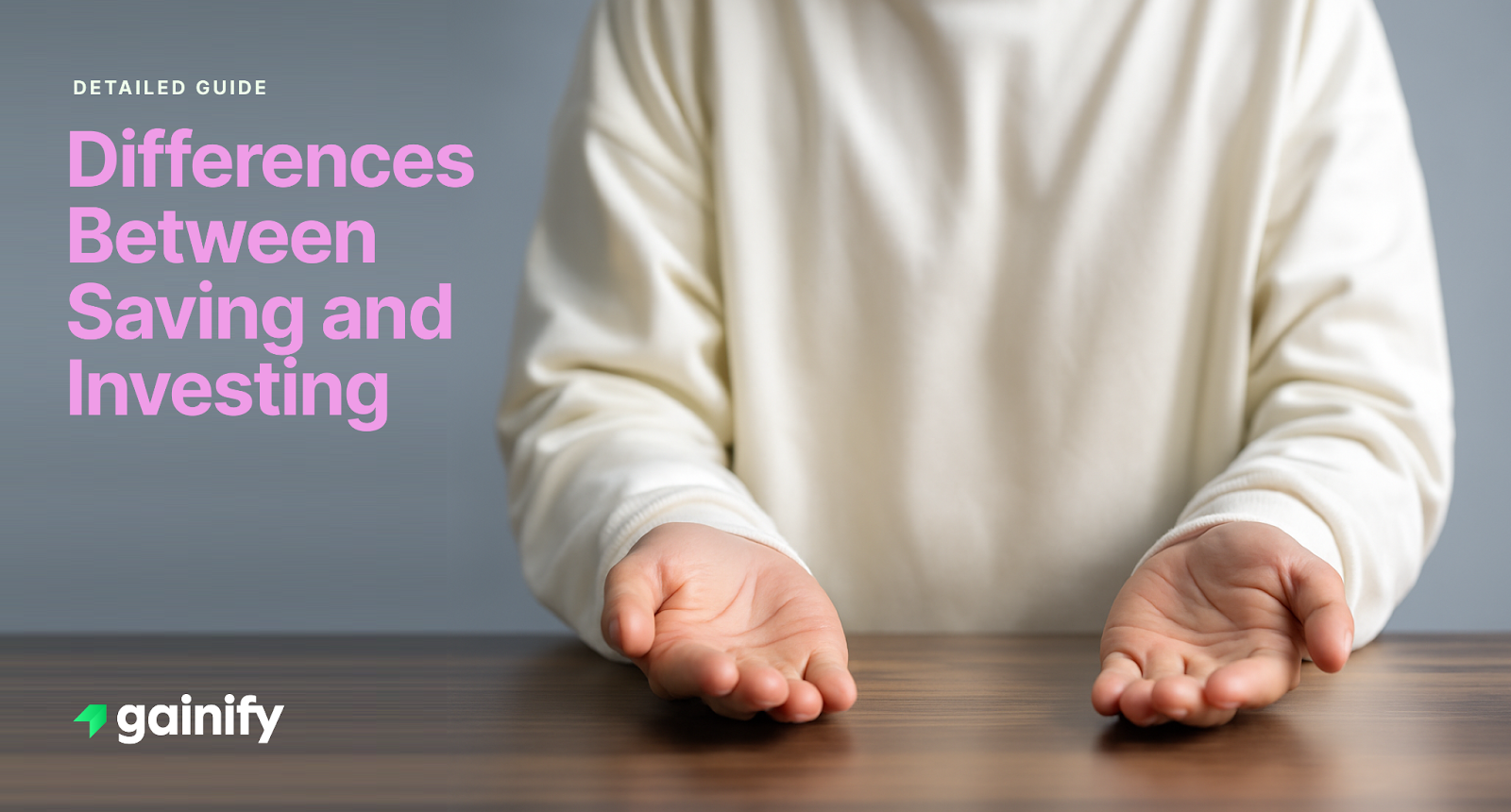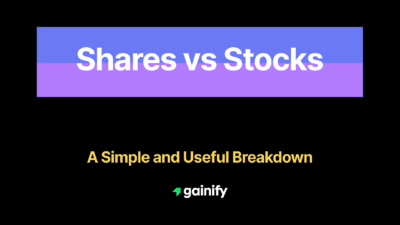If you’re working toward a strong financial foundation, one of the first concepts you need to master is the difference between saving and investing. These two tools serve very different purposes, come with distinct risk levels, and are designed to meet different financial goals.
While both involve setting money aside, the outcomes they deliver are not the same. Saving is about protection and access. Investing is about growth and compounding. Understanding when and how to use each one can help you build stability today and wealth tomorrow.
In short:
- Saving preserves capital, provides liquidity, and prepares you for short-term needs or unexpected expenses.
- Investing puts your money to work over the long term, helping you build wealth, beat inflation, and reach major goals like retirement or education funding.
Both strategies are essential. In this guide, we’ll break down the differences, explain when each one makes the most sense, and show how combining them can lead to better financial outcomes.
What Is Saving?
Saving is the act of putting money aside, often in a bank account, with the goal of keeping it safe and easily accessible. It typically involves minimal risk and low but predictable returns.
Common types of savings accounts and tools:
- Traditional savings accounts
- High-yield savings accounts
- Money market accounts
- Certificates of deposit (CDs)
Examples of savings goals:
- Emergency savings fund (3 to 6 months of living expenses)
- Vacation or wedding
- Down payment for a car
- College tuition in the short term
Key characteristics:
- Low or minimal risk (FDIC-insured bank accounts)
- Lower rates of return (typically 0.5% to 4% annual rate)
- High liquidity and continuous access
- Principal protection
- Often used for short-term financial goals and unexpected costs
Despite modest returns, saving plays a critical role in protecting against emergency expenses and ensuring you have access without penalties.
What Is Investing?
Investing involves putting your money into financial instruments that have the potential to generate higher returns, but come with higher risk. It requires a longer time horizon and a clear understanding of your risk appetite.
Common investment vehicles:
- Individual stocks
- Exchange-traded funds (ETFs)
- Mutual funds
- Bonds and fixed income securities
- Real estate investment trusts (REITs)
- Retirement accounts (IRAs, 401(k)s)
Examples of long-term investment goals:
- Retirement fund
- College education (for children or future planning)
- Building wealth over time
- Legacy care and estate planning
Key characteristics:
- Higher potential returns over longer periods of time
- Exposure to market volatility and economic developments
- Medium to long-term time horizon
- Used for growth, income, or asset appreciation
- Access may be restricted without penalty, depending on the investment account type
Investing involves buying assets, whether it’s a collection of stocks, baskets of securities, or income-generating assets, in the pursuit of building wealth and keeping pace with inflation.
Key Differences: Saving vs. Investing
Characteristic | Saving | Investing |
Purpose | Short-term security | Long-term financial growth |
Risk Level | Very low (minimal risk) | Varies (depends on asset class) |
Return Potential | Low (often below inflation) | Higher (market-linked rates of return) |
Liquidity | High | Moderate to low depending on product |
Time Horizon | Months to a few years | Years to decades |
Tools | Bank accounts, CDs | Stocks, bonds, ETFs, retirement plans |
Protection | FDIC-insured, principal safe | No guarantees, risk of loss |
Use Case | Emergency savings, short-term goals | Retirement, future goals, college funds |
When Should You Save vs. Invest?
Use savings products when:
- You need access to the money within 1 to 2 years
- You’re building an emergency savings fund
- You need to avoid risk of loss entirely
- You’re setting aside money for essential expenses or unexpected expenses
Use investment accounts when:
- You have adequate savings in place
- Your financial goals are 5 years or more away
- You’re seeking potential returns to beat inflation
- You are comfortable with inherent risks and can stay invested through market cycles
A Contrarian View: Is Saving Always Safe?
While savings accounts are seen as safe, there’s a hidden danger: inflation erosion. If your savings earn 1.5% annually and inflation runs at 3%, your real buying power declines.
Avoiding investments due to fear of market risk may feel responsible, but it can lead to missed long-term wealth creation. For younger people or those with long time frames, not investing may actually carry greater risk.
Investing, even conservatively, in diversified assets can help maintain purchasing power and secure your future goals. Using automatic transfers, many investors now steadily grow their portfolios through monthly investments without reacting emotionally to market movements.
How Saving and Investing Work Together
The smartest financial planning combines both strategies:
- Use basic savings accounts for liquidity and stability
- Use a wide range of investment options to match your investment goals, risk tolerance, and timeline
This approach provides a cushion for emergencies while keeping your investment mix focused on growth potential.
Final Thought
Both saving and investing are important, but they serve different purposes. Saving protects your short-term cash. Investing grows your long-term wealth.
Start by building a strong habit of saving, then shift focus to a clear investment strategy. A strong mix of savings and investments aligned to your income, expenses, and goals will help you make better financial decisions over time.
If you’re unsure where to begin, consider speaking with a financial professional or exploring digital wealth management tools to guide your asset allocation. Whether you’re opening your first brokerage account, setting up a retirement plan, or simply improving your monthly budget, the right balance between saving and investing will make all the difference.




